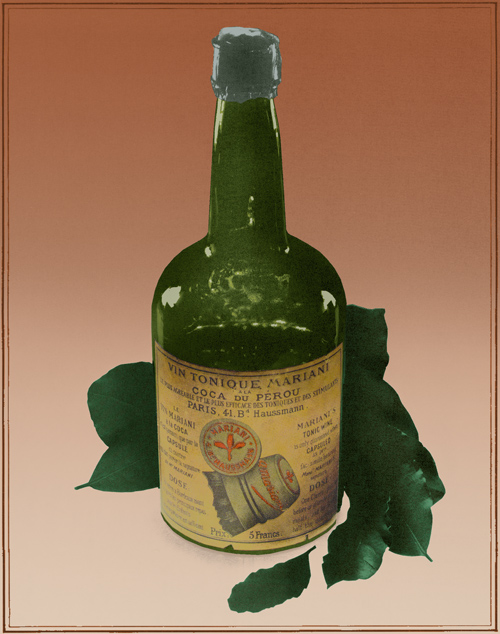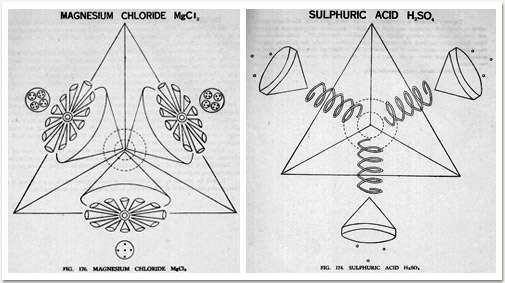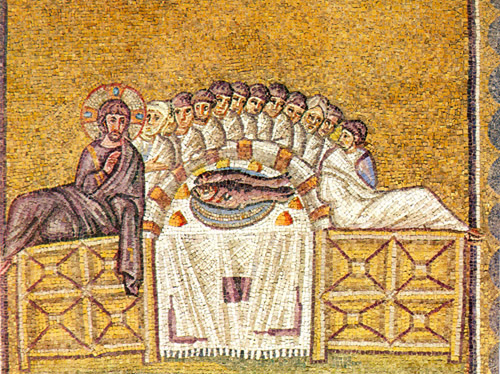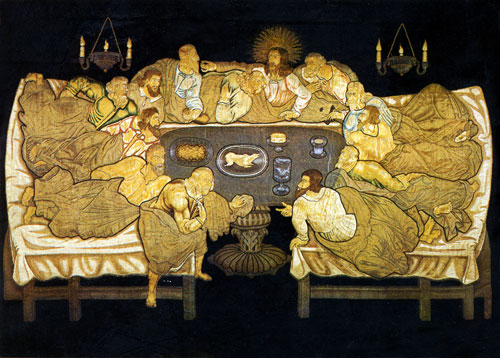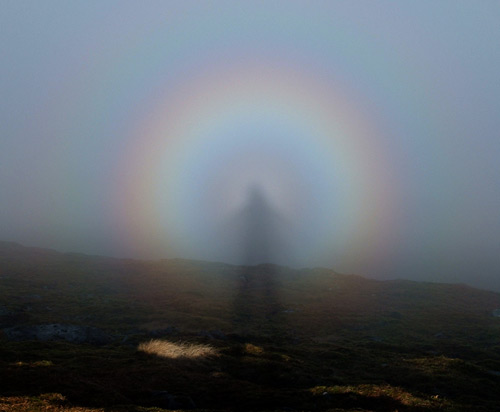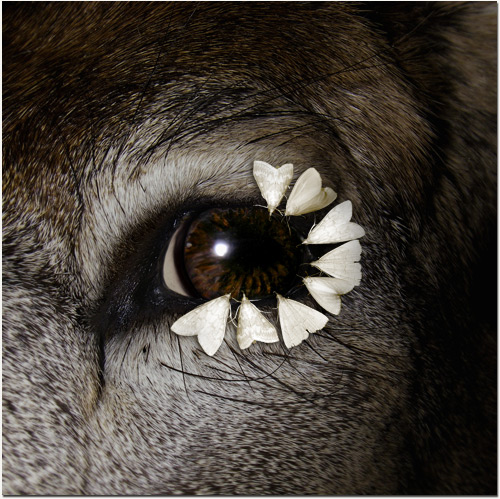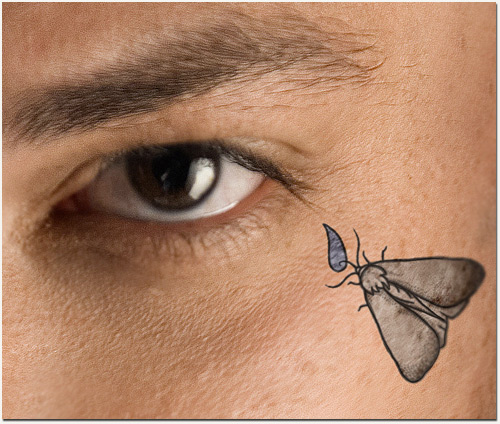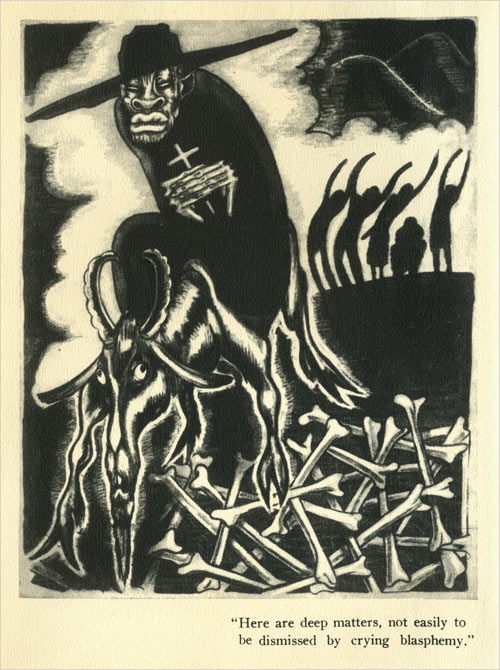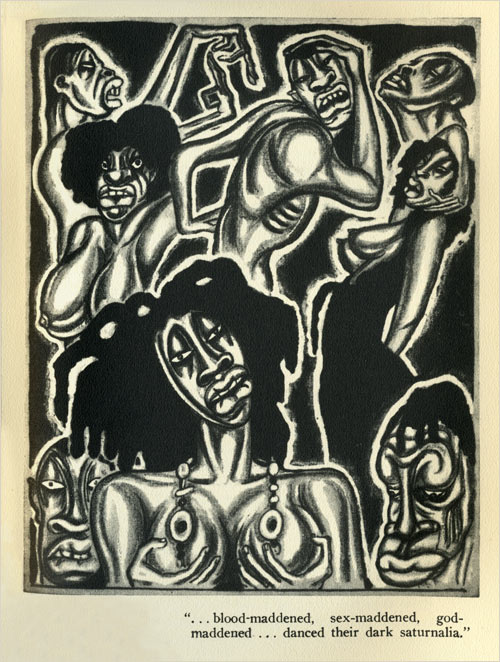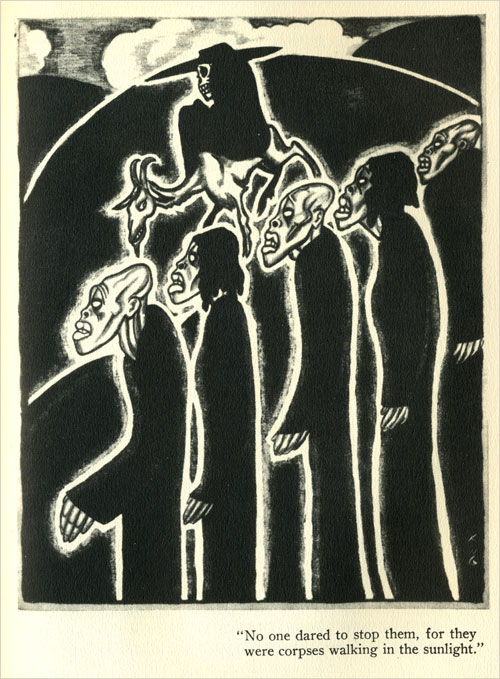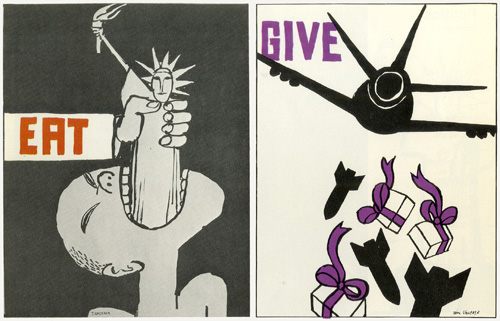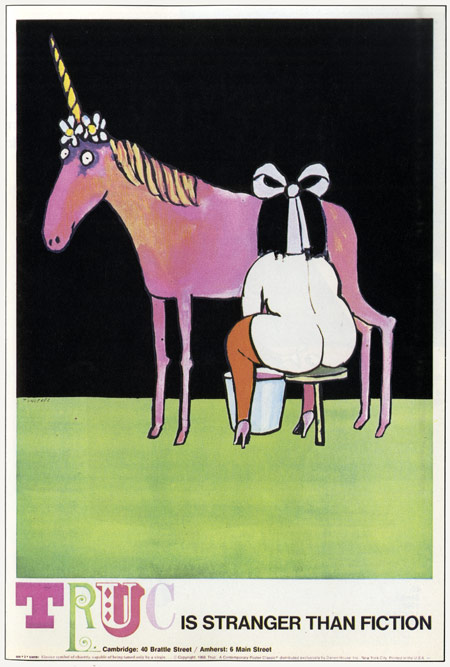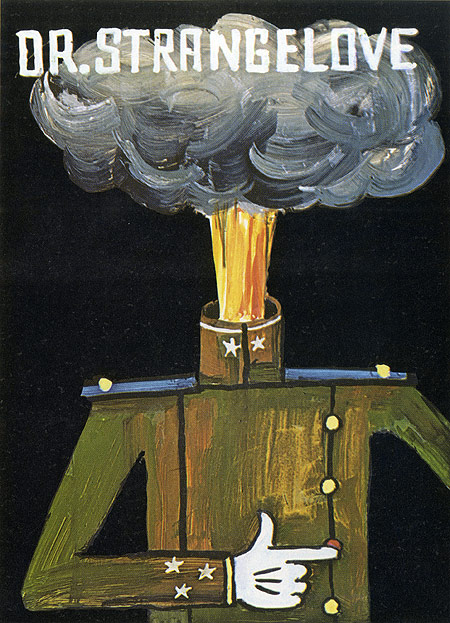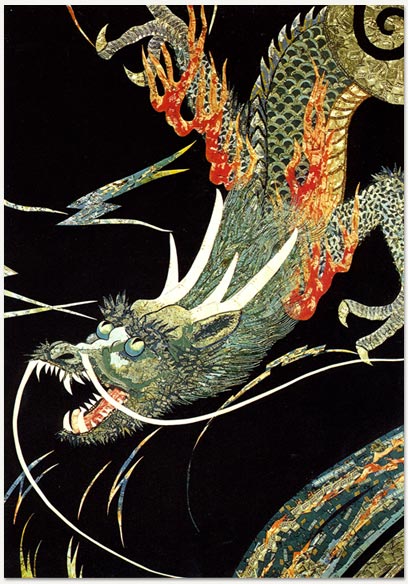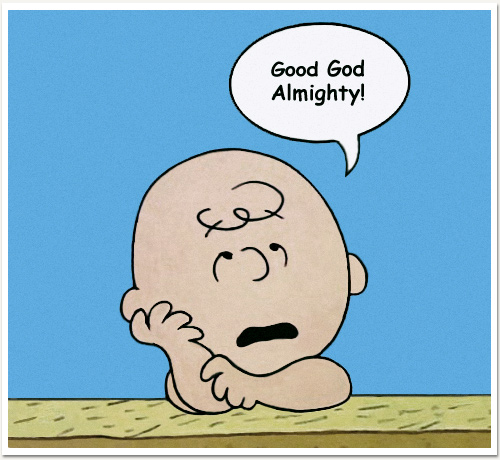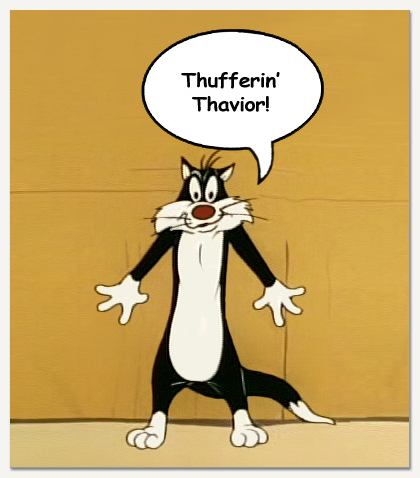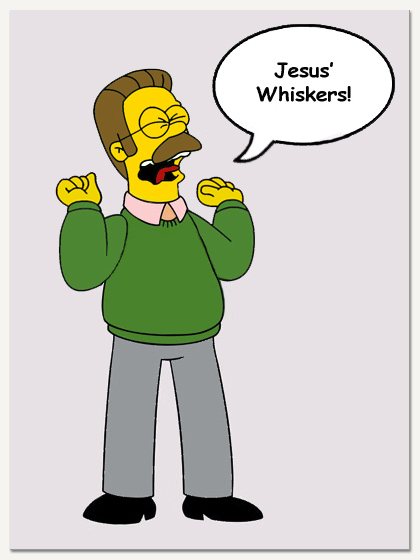A good 20 years before the original cocaine-infused Coca-Cola taught the world to grind its teeth and give ineffectual bathroom-stall handjobs in per•fect har•mo•ny, there was another drink of choice among those wishing to feel invigorated and overconfident for no good reason. It was called “coca wine” and it was loved not only by self-important blowhards wearing too much jewelry but by Kings and Popes and… oh, right. Anyhow, it was called Vin Tonique Mariani (or simply Vin Mariani) was sold as a curative, and in the latter half of the 19th century it was a medicinal, recreational, and marketing powerhouse. To paraphrase J.J. Cale “Czars don’t lie, Popes don’t lie, Queens don’t lie…”
In 1863, after having read a paper by Paolo Mantegazza (the man who first isolated cocaine from coca leaves) on the effects of the coca leaf, and seeing the economic potential, Angelo Mariani, a corsican chemist, set to work creating a “tonic” of his own. The resultant coca wine, a Bordeaux treated with coca leaves, was the first recreational cocaine product brought to market. It’s formula evidently yielded a drink which was 10% alcohol and 8.5% cocaine extract by volume.
Typical table wine, today, has an alcohol content of approximately 8-14%, so Vin Mariani falls squarely in the average. Not a fortified rotgut or anything. As for the 8.5% cocaine extract… I don’t really know how to compare that number. It’s more than the 7% Holmes liked to shoot? It doesn’t matter much, however, because evidently it wasn’t specifically the alcohol or the cocaine percentages which made Vin Mariani so potent, but rather the chemical combination of the two.
Quote: “If cocaine is consumed on its own, it yields two principal metabolites, ecgonine methyl ester and benzoyleconine. Neither compound has any discernible psychoactive effect. Cocaine co-administered with alcohol, however, yields a potent psychoactive metabolite, cocaethylene. Cocaethylene is very rewarding agent in its own right. Cocaethylene is formed in the liver by the replacement of the methyl ester of cocaine by the ethyl ester. It blocks the dopamine transporter and induces euphoria. Hence coca wine drinkers are effectively consuming three reinforcing drugs rather than one.” -Cocaine.org

Needless to say this tonic was a hit. So much so that Angelo began using its popularity among “notable personages” as a main selling point. His advertisements still extolled the curative virtues of the product, “renewing, invigorating, nourishing, strengthening, refreshing,” etc…




But damn near every product of the time made similar claims didn’t they? What made Vin Mariani really stand out (aside from the addictive narcotic high, obviously) was Angelo’s celebrity media blitz, a positively banal tactic in todays advertising landscape but, in the 1860’s, almost certainly the first marketing campaign of its kind.
Quote: “Mariani introduced his coca wine in the mid-1860s. By the mid-1880s he was the largest importer of coca leaves in Europe, and his Vin Mariani the most avidly endorsed tonic on both sides of the Atlantic. Testimonials from eminent personages were so numerous that Mariani, as great a public relations man as he was a chemist, published them in handsome leather-bound volumes—replete with portraits and biographical sketches of the endorsers.


Those present included the Prince of Wales, the czar and czarina of Russia, the kings of Norway and Sweden, the commanding general of the British Army, and Pope Leo XIII, who, after many years of sipping Vin Mariani, cited Mariani as a “benefactor of humanity” and presented him with a gold medal.



Some 8,000 doctors swore to the virtues of Vin Mariani. And Dr. J. Leonard Corning of New York, the first surgeon to use cocaine for spinal anesthesia, testified that ‘Of all the tonic preparations ever introduced to the notice of the profession, this is undoubtedly the most potent for good in the treatment of exhaustive and irritative conditions of the central nervous system.’
Alexandre Dumas, Jules Verne, Emile Zola, Henrik Ibsen, and other renowned authors were equally lavish in their praise of Vin Mariani. Bartholdi, sculptor of the Statue of Liberty, wrote that this ‘precious wine will give me the strength to carry out certain other projects already formed.’



Thomas Edison, a man who slept only four hours a day, was a steady user. The secretary of President McKinley noted that a case of Vin Mariani had received an enthusiastic reception by the president. The physicians of Ulysses S. Grant wrote that Mariani products had given the sick general and former president the strength to work several hours a day on his memoirs. And Queen Victoria was so pleased to receive a set of Mariani testimonial volumes that she wrote the master that she considered them among the finest specimens in her collection.” -High Times Encyclopedia of Recreational Drugs, 1978.


The success of Mariani’s wine inspired many imitators, the most famous being, of course, John Smyth Pemberton who’s “Pemberton’s French Wine Coca” would survive various American prohibition laws, the 1906 Pure Food and Drug Act, and growing public anxiety over the addictive qualities of cocaine to become Coca-Cola. Vin Mariani was not as fortunate.
Today, barring some homemade preparation by intrepid psychonauts, the closest you’re likely to get to that original “renewing, invigorating, nourishing, strengthening, refreshing” Mariani high would be through the Peruvian grown, Vin Mariani branded, “coca wine” being produced by the UK company, Mariani Amalgamated, Ltd., and one would have to assume that’s not very close at all. As for the over-the-top celebrity marketing campaigns and the doctor-prescribed highs… hey, no problemo man, we’re cool.
Hope you enjoyed.
hide full text